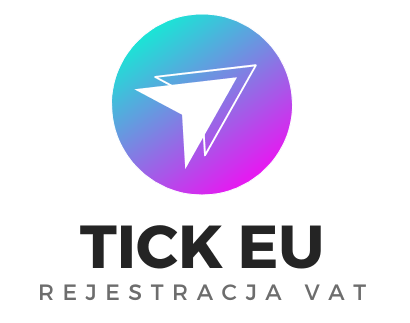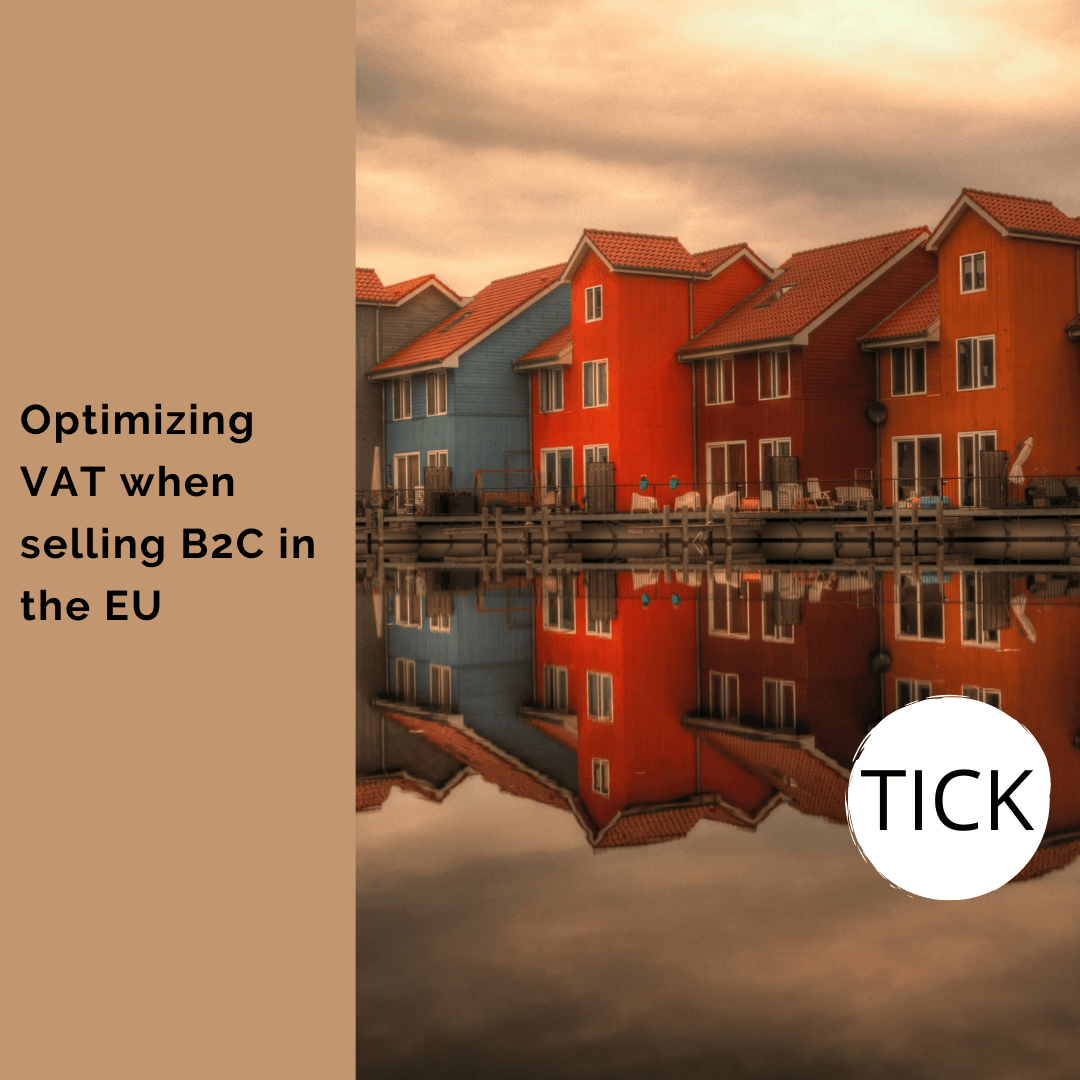In this article, we explain the most important aspects of indirect tax planning related to sales between businesses and consumers in the EU. The Netherlands has several planning options for B2C sellers who either import goods from non-EU countries into the EU or deliver goods to other EU countries from a warehouse in the Netherlands.
Import to the EU
The duty is levied throughout the EU at the point where the goods are released for “free circulation” in the EU. After the importer has paid the duty (if applicable) and value added tax, the goods are in free circulation and can be released for use on the EU market. Unlike VAT, once the duty has been paid, the importer cannot recover it. The duty exemption applies to the import of low value goods – shipments with a value not exceeding EUR 150 (USD 150.10). Import VAT will be due even if duties are not due.
Most goods imported into the Netherlands from outside the EU are subject to VAT. VAT will have to be paid by the importer when the goods are cleared before entering the EU. When importing for business purposes, the importer may be able to recover VAT, subject to certain rules. However, it is possible to defer the payment of VAT to the date of payment of the periodic VAT return, thanks to which there are no unfavorable cash flows. This deferral is known as “import VAT deferral” or “import VAT charge reverse”. Import One-stop shop (IOSS) could be used to simplify the import of low-value goods into the EU, as will be explained later in this article.
Import VAT deferment means getting the cash flow benefits of importing goods by reporting the import VAT due and deductible on your VAT return – instead of paying import VAT at the border when goods are released for free circulation in the EU and deduct this VAT in the Netherlands in the VAT return at a later time.
How can a company outside the Netherlands defer VAT on imports?
Appointment of a tax representative is required if a non-Dutch company wishes to apply reverse VAT on imports (i.e. to obtain a license to defer VAT on import ). In addition, a general tax representative is required if a non-EU company has an impact on EU distance selling in the Netherlands.
After appointing a general tax representative, the representative can report all purchases and deliveries of the non-resident, but the non-resident himself should be VAT registered in the Netherlands. The advantage of a general appointment, as opposed to a limited fiscal representative, is that the general fiscal representative can report not only the import of goods and the subsequent B2B delivery, but also any intra-community acquisitions and domestic purchases.
A general licensed tax representative acts on behalf of a non-resident taxpayer for all its supplies of goods and services for which Dutch VAT is payable on intra-community acquisitions and imports of products, unless a limited license tax representative is appointed for these transactions. A non-resident taxpayer may only use one general tax representative.
Local sale in the Netherlands
When a non-Dutch company sells goods to private individuals located in the Netherlands from a warehouse located in the Netherlands, the supplier becomes required to register for VAT in the Netherlands, the Netherlands becomes the place of delivery, and Dutch VAT should be charged and reported on the VAT return as sales tax.
Distance Selling in the EU
There are special requirements for companies that engage in so-called distance selling within the EU – for example, mail order and online sales. Distance selling occurs when a taxable supplier sells and delivers goods from one EU country to a customer in another EU country that is not registered or subject to VAT registration. These clients are called non-taxable persons. These include individuals and businesses as well as other organizations that are not VAT registered because of their size or are exempt from registration because of the nature of their business.
From 1 July 2021, the country-specific thresholds of € 35,000 or € 100,000 set by each EU Member State for EU distance selling have been replaced by a single EU-wide threshold of € 10,000. This threshold applies to the company’s total cross-border sales in the EU and Northern Ireland – not country-by-country as previously. No threshold applies to companies based outside of the EU or Northern Ireland, they must register immediately when they start distance selling in the EU.
This means that when an EU / NI company (that has EU-wide cross-border sales above the 10,000 euro threshold) or a non-EU company (the threshold does not apply) sells goods to non-VAT-registered customers located in the EU via the Netherlands (for example from a warehouse in the Netherlands), the supplier becomes required to register VAT in all EU Member States where he has customers.
Possible OSS registration
Alternatively, the company may choose an online one-stop shop (OSS) service. To reduce the administrative burden on companies that have to register in each EU Member State where they have customers, a new quarterly OSS online VAT reporting and payment system has been introduced. This means that companies covered by the new distance selling regulations, effective from July 1, 2021, do not have to register as VAT payers in each of their clients’ EU countries if they choose OSS.
However, OSS cannot be used to report local sales or intra-community transfers of stocks for which local Dutch VAT registration is still required. All sales to customers in the Netherlands are subject to Dutch VAT and must be reported as Dutch VAT return.
Importers of low value goods can take advantage of IOSS
From 1 July 2021, all imports are subject to VAT, unless IOSS is applied. IOSS is a special system for reporting the sale of low value goods – shipments with a value not exceeding € 150 – imported from outside the EU. Under IOSS, the import is VAT exempt and the importer charges the VAT at the point of sale to the customer and declares and pays this VAT via the monthly IOSS return.
The IOSS system allows for the rapid release of imported goods, with the use of rapid clearance through the “green channel”, as well as the release of goods intended for customers located in EU Member States other than those where the goods entered the EU.
Only low value goods covered by IOSS can be released for free circulation in an EU Member State other than the EU Member State of final destination.
Planning points
If you are importing via the Netherlands, you can benefit from the import VAT deferral, also known as a reverse charge. Appointment of a tax representative is required if a non-Dutch company wishes to benefit from the import VAT deferral.
Registration in the OSS system makes it possible to relieve the administrative burden of entrepreneurs covered by the EU regulations on distance selling, in force from July 1, 2021. These companies are not required to register VAT in any of the EU countries their clients opt for OSS.
IOSS can be used to simplify the importation of low value goods into the EU and allows the release of goods in the Netherlands even if end customers live in other EU countries.
Next steps
Work with VAT consultants to understand the VAT rules that apply to your goods flows. If you start with importing and selling in the EU, check what your obligations are and what opportunities you have to optimize your VAT and customs position.
Check if the import VAT deferment is an option you will use. If you decide to take advantage of the import VAT deferment, check what the administrative requirements are and what steps you need to take. Check if OSS can apply.
Decide if you want to use the OSS or if you prefer to submit VAT returns in all EU countries of your customers. If you choose to use the OSS, you must register.
Check if any administrative steps are required when selecting OSS, such as de-registration and notifications in different EU Member States. Register with IOSS if you want to deliver goods in the Netherlands, but also deliver them to other EU countries.
This article is for informational purposes only and is subject to some additional insight.


